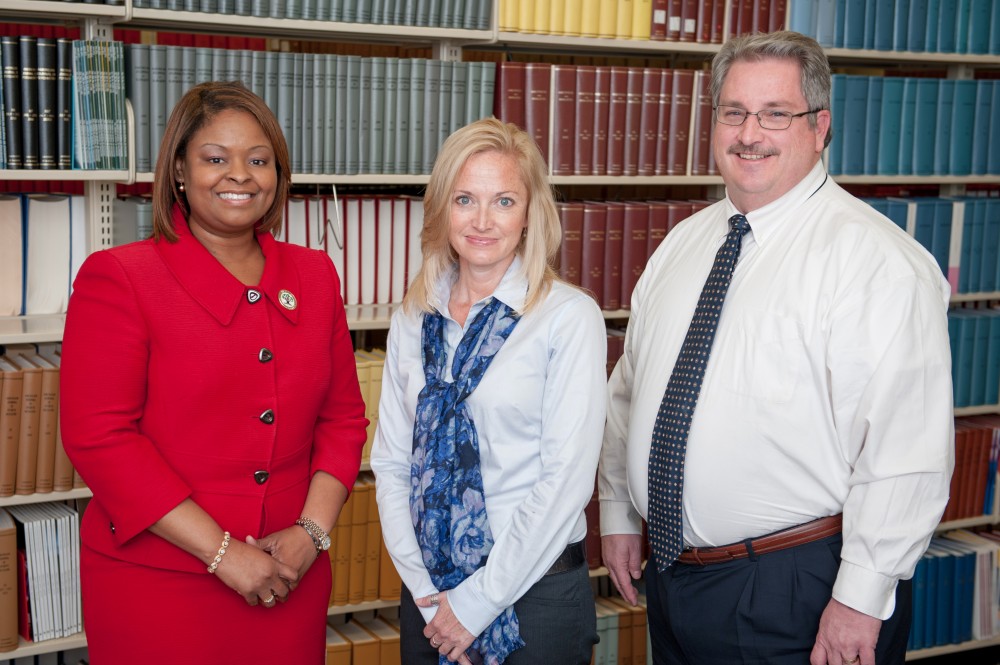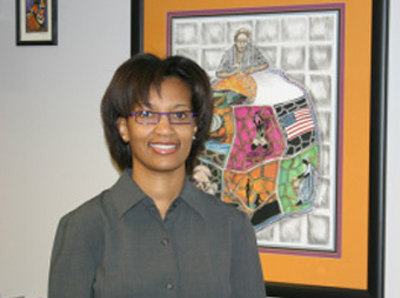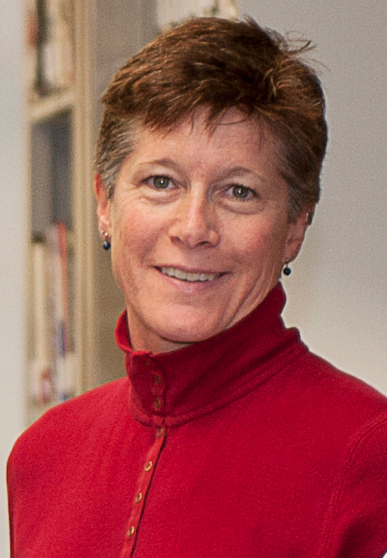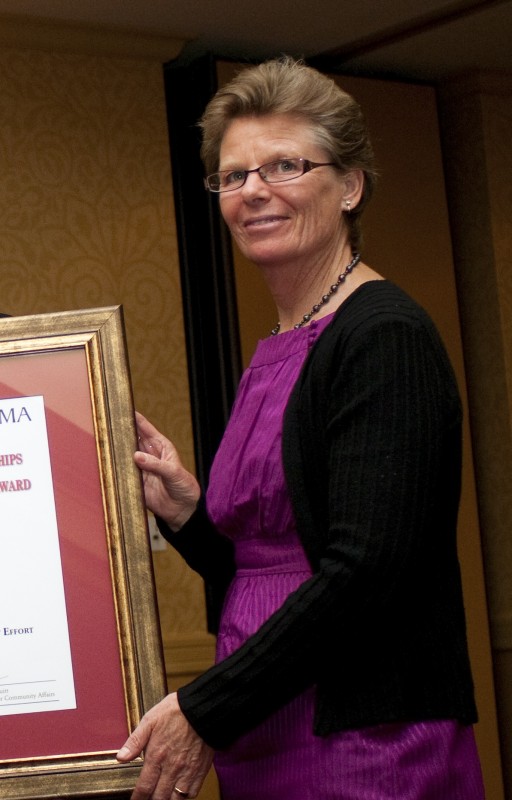Becky Robinson
CCBP Graduate Assistant

From left: Felecia Jones, Dr. Kim Bissell and Dr. John Higginbotham.
The latest issue of The University of Alabama’s Research magazine contains many examples of engaged scholarship research, including many by CCBP Council members. Research is UA’s annual summary of cutting-edge research by University personnel and students.
Dr. Laurie Bonnici, associate professor of library and information studies and chair of the Community Affairs Seed Funds Committee, and Dr. Stephanie Maatta of Wayne State University collaborated on a project that gives researchers and students the ability to experience technology from the perspective of a person with disabilities.

Dr. Martha Crowther
“Users experience first-hand the barriers modern information technology devices pose for access,” Bonnici told Research.
The project is in its third year of funding from the Institute of Museum and Library Services, and Bonnici hoped the project would soon be available in school library media centers.

Dr. Laurie Bonnici
Dr. John C. Higginbotham, Dr. Kim Bissell and Felecia Jones have partnered in an attempt to reduce obesity in the Black Belt region with an $80,000 grant from the National Institutes of Health. Higginbotham and Jones are members of the CCBP Council. Bissell is associate dean for research in the College of Communication and Information Sciences. Her research includes teens and body image perception and how media portray obese children. Higginbotham, a veteran translational science researcher with emphasis on rural health issues, is associate dean for Research and Health Policy for the College of Community Health Sciences and director of the College’s Institute of Rural Health Research. Jones is executive director of the Black Belt Community Foundation,
University of Alabama physicians Dr. Daniel M. Avery Jr. and Dr. John T. McDonald Jr. are concerned about the declining number of family practitioners who offer maternity care in rural Alabama. As of 2012, they found that only about 10 percent of doctors were practicing obstetrics. “Half of the counties in the United States have no OB provider,” Avery told Research. “That leaves some ten million women in the reproductive stage with no local access to OB services.”
According to Avery, there are many reasons for the lack of obstetric care in rural areas, including OB/GYN-related law suits, the stress of adding OB/GYN to an already heavy patient load, and the financial strain on small hospitals.
But it is in the best interests for all hospitals and rural practitioners to offer OB/GYN services, Avery said, “because having family medicine physicians do obstetrics is the only answer for addressing the obstetrics need in rural Alabama.”

Dr. Bronwen Lichtenstein of the Department of Criminal Justice receives the Excellence in Engaged Scholarship award for her work with the sociology of HIV/AIDS at the 2010 CCBP Awards Luncheon.

Dr. Rick Houser conducts painless brain stimulation research seeking ways to improve math learning.